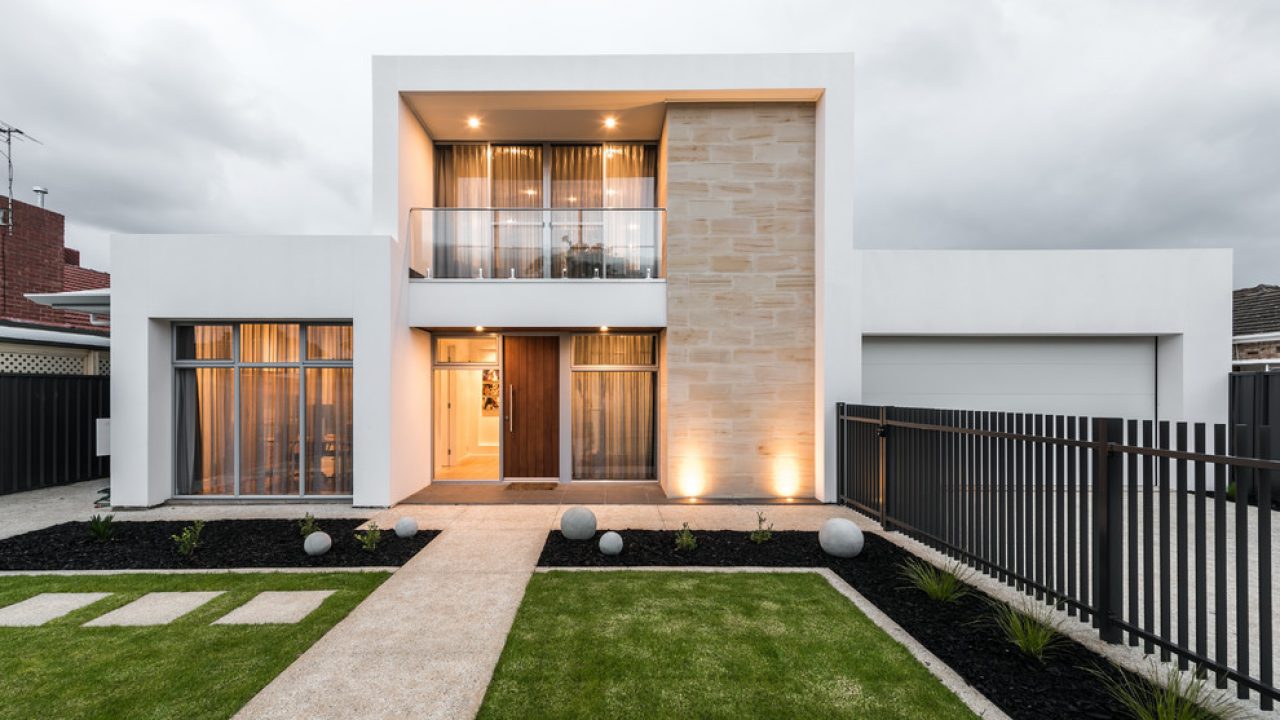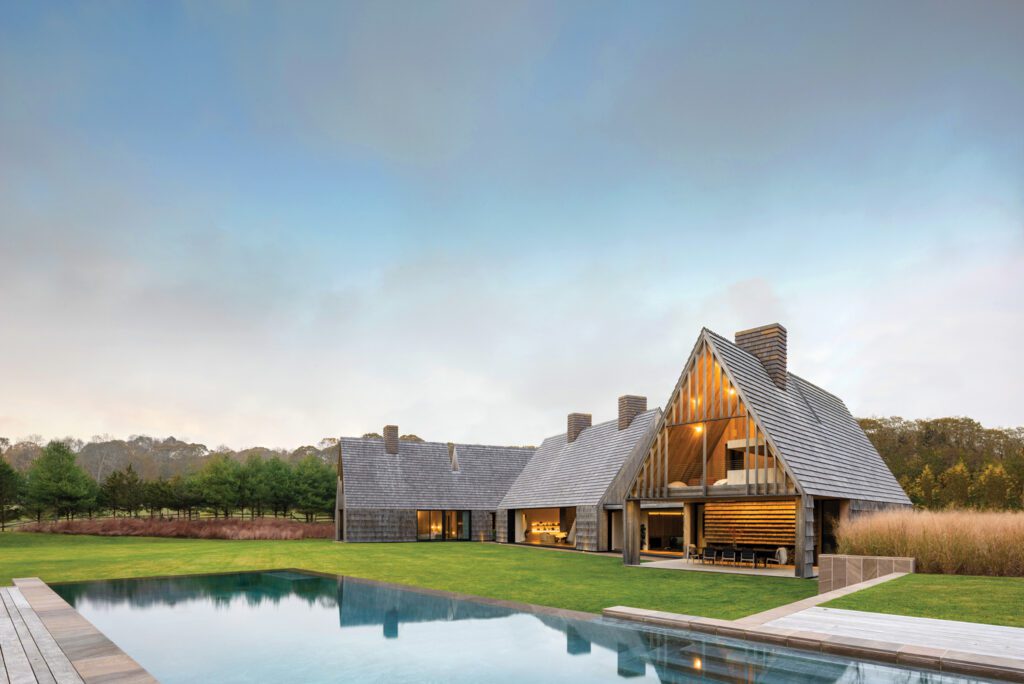
Siding is an exterior protective material used to keep out the elements. You can find siding in many different styles, colors, and materials. The best choice for your home is to pick the one that suits you best. It should protect your investment and add beauty and value. It's also important to keep in mind that a well-maintained siding can last for years.
You must consider your budget when choosing exterior siding for your home. It is also important to consider your local climate. You want a material that is durable and easy to maintain. This will also save you money on heating and cooling costs.
Vinyl is an option for those who want to be low-maintenance. Vinyl is one of the most affordable types of siding and comes in many colors and designs. It is versatile and long-lasting. Vinyl is durable and can last at least 20 year.

Another option is wood. There are many types of wood available, including Western red cedar and pine. Siding can be purchased in many different styles and shapes, including shakes and clapboards. You will need to create a few tools to install your siding. However, it is generally not complicated. It's also quite affordable with prices starting from $3 to $14 per square foot.
Brick is also a strong option. It's one of the oldest types of exterior siding. It's a popular choice in the Southwest U.S. You can choose from a variety of colors and it can be bent to fit certain shapes and curves. It's strong, but it can cost a lot depending on the size and condition of your home.
Fiber cement is a promising alternative. Fiber cement is made from wood pulp fibers combined with cement and sand. It can be used to make a strong, fire-resistant and rot-resistant siding. It can be installed on top of the exterior wall sheathing, and generally has a 25 year warranty.
Metal is another popular choice. It is durable and waterproof. It's also very insulating, and can help keep heat and cold out of your home. This is especially true if you live in a climate that sees blizzards reduce siding lifespan.

You can also opt for stone. It is very durable and has an elegant, classic look. It's also great for the environment, and will provide years of reliable service. Installing it yourself is a smart idea.
You can get creative with siding. You can mix and match colors to make your home stand out. Mixing and matching colors can give your home a unique look. If you're not sure where to start, there are a number of online how-to videos to guide you.
Your siding should be inspected at least once per year. This will help prevent costly repairs down the road. It is important to take immediate action if you find mold, mildew and/or algae. These are not just unsightly, they can also pose a danger to your health.
FAQ
How many times should I change my furnace filter?
This depends on how often your family will use their home heating system. If you plan to leave your house for long periods of time during cold weather months, you may consider changing your filter more frequently. If you are not likely to leave your house for long periods of time during cold weather months, you might be able make more frequent changes.
The average furnace filter will last approximately three months. This means you should change your furnace filters once every three months.
You can also check the manufacturer's recommendations for when to change your filter. Some manufacturers recommend that you replace your filter after every heating season. Others suggest waiting until there are visible dirt deposits.
Do you prefer to hire a general contractor, or a subcontractor for your project?
Hiring a general contractor is usually more expensive than hiring a subcontractor. A general contractor has many employees, so they often charge their clients a lot of money for labor costs. A subcontractor hires only one employee so they charge less per an hour.
Do you prefer to do walls or floors first?
The best way for any project to get started is to decide what you want. It is important that you think about how and who you want to use the space. This will help to decide whether flooring or wall coverings is best for you.
You can choose to put flooring in the first place if you decide to open up your kitchen/living space. You can also choose wall coverings if you want to make the room private.
Statistics
- They'll usually lend up to 90% of your home's "as-completed" value, but no more than $424,100 in most locales or $636,150 in high-cost areas. (kiplinger.com)
- The average fixed rate for a home-equity loan was recently 5.27%, and the average variable rate for a HELOC was 5.49%, according to Bankrate.com. (kiplinger.com)
- ‘The potential added value of a loft conversion, which could create an extra bedroom and ensuite, could be as much as 20 per cent and 15 per cent for a garage conversion.' (realhomes.com)
- It is advisable, however, to have a contingency of 10–20 per cent to allow for the unexpected expenses that can arise when renovating older homes. (realhomes.com)
- Most lenders will lend you up to 75% or 80% of the appraised value of your home, but some will go higher. (kiplinger.com)
External Links
How To
5 Things to Know Before You Start Your Home Renovation
-
Do you really want this? If you are planning to do major home improvements like renovating your bathroom or building new houses, you will likely need help. It's possible to feel overwhelmed by such a large project. This could cost you a lot of money and time, and you may not get any real benefit from it. Hire someone who knows the ropes to help you. These people will save you time, stress, and provide a beautiful place to live in.
-
How much should I budget? This one may seem obvious, however spending too much on renovation projects could make matters worse. The reason is because you'll probably find yourself having to pay back most of the costs at the end of the day. If you have a budget in place, stick with it. Without it, you may end up paying a lot but not getting anything back.
-
Do I hire professionals or do I need to DIY? - Although there's no right answer, we would recommend hiring professionals if you have the means. Their advice will be invaluable in helping you decide how to proceed. They'll install your plumbing correctly, provide a warranty, and ensure everything goes according to plan. DIY projects can be frustrating because they require a lot more trial and error. This means that you will have to learn many lessons from the experience. You'll also have to deal with any problems that may arise throughout the process.
-
Are you able to afford it? - Don't underestimate the cost of a renovation project. You might need to borrow money from family and friends to pay the bills. When you want to sell your existing property quickly after the renovations are complete, you will need to account for the price of selling it.
-
How do I begin? There is no right or wrong place to begin when it comes to starting. But, we recommend you pick something you love to work on. It will motivate you to work harder and reduce procrastination. Also, try to avoid places that require a lot of maintenance. You should avoid redecorating your living room if it is always covered in dirt and dust.